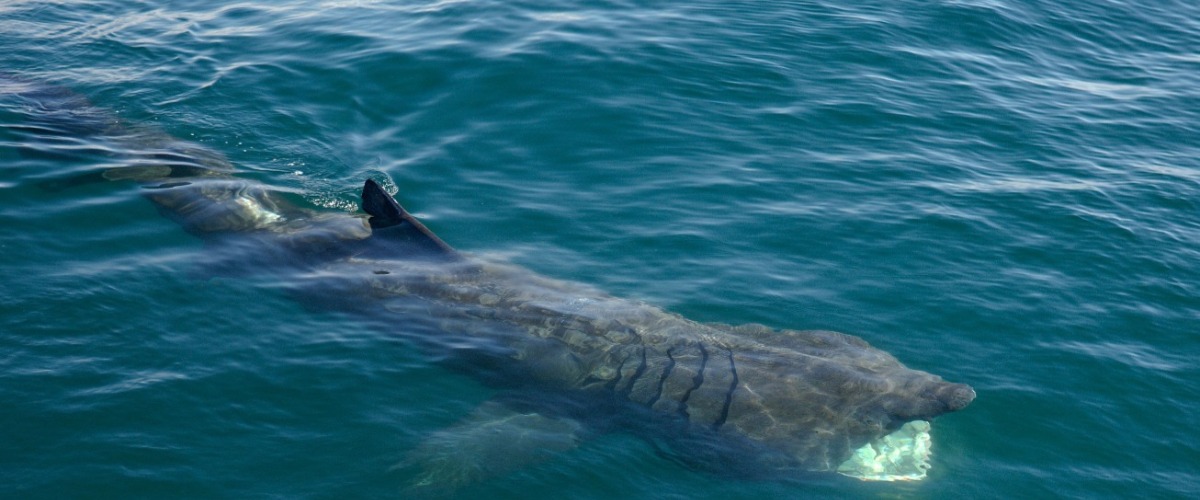
Guided Wildlife Cruises
We will have a wildlife guide onboard some cruises who may be for example:
Dr Peter Garson:
After a career researching wildlife and teaching conservation biology at Newcastle University, Peter has retired to SW Scotland where he is now involved in efforts to save the red squirrel and foster the pine marten. He has worked on many different bird and mammal species in UK and across Asia, from black grouse in the Pennines to Himalayan pheasants, goats and deer. For his Doctorate at Oxford University he studied the polygamous breeding habits if the wren, so he was pleased to spot its island subspecies on St Kilda in 2019 when guiding a cruise on Seahorse II. He says that nothing can prepare you for a close-up view of the gannet stacks there – surely one of Scotland’s foremost wildlife spectacles. And it’s hard to beat seeing dolphins riding the bow-wave just below you!
Cathy Harlow:
Cathy Harlow has worked as a wildlife guide for 25 years. Specialising in cetaceans, she has worked extensively in Iceland and Arctic Norway, including three winter seasons as guide on a whale watching boat in the Lofoten Islands. She currently guides wildlife trips in the Hebrides, Iceland, Norway, Madagascar and the Azores. A keen photographer, her images have contributed to photo-id work on Orca Guardians catalogue of Killer Whales of Iceland.
Cruise Dates
| Date | Vessel | Cruise | Nights | Spaces | P/P Per Cruise | |
|---|---|---|---|---|---|---|
| 27th September 2024 | Seahorse II | A Guided Wildlife Tour to the Isle of Mull and the Small Isles | 6 nights | 0 spaces | £1,960 - £2,200 p/p | Enquire |
| 22nd April 2025 | Seahorse II | A Guided Wildlife Tour to the Isle of Mull and the Small Isles | 6 nights | 9 spaces | £2,020 - £2,260 p/p | Enquire |
| 19th September 2025 | Seahorse II | A Guided Wildlife Tour to the Isle of Mull and the Small Isles | 6 nights | 8 spaces | £2,020 - £2,260 p/p | Enquire |
Above and Below the Waves
All our Scottish cruises throughout the islands and Sounds of the Inner and Outer Hebrides are designed with the region's spectacular wildlife in mind and our guests are always delighted at the wealth of wildlife they encounter on our cruises. All of our Scottish small boat cruises are wildlife cruises. Depending upon the weather and nature’s conditions, wildlife viewing varies.
From the decks and from the tender we can see an incredible amount of rare bird and marine life. We can set lobster pots, explore the rock pools and even fish for our supper - all this makes for a perfect Scottish wildlife holiday.
Recently we had a humpback whale breach in front of the boat - that was a truly unforgettable example of wildlife Scotland.
On some of the cruises, guests are able to use the onboard microscopes to examine the spectacular underwater world of microscopic plankton that we have collected earlier on by dragging a very fine-meshed net from behind the boat.
An extraordinary video of the Lunga (Inner Hebrides, Scotland) guillemot colony
Excited puffins in the mating season on Lunga (Inner Hebrides, Scotland).
Dolphins Joining Guests for Part of Their Scottish Cruise
The Wonderful Invisible World of Plankton
Plankton means to "wander or drift" and Scotland's "ocean drifters" travel to the rhythms of the ocean currents and winds and live and die in an underwater environment that is only now just being understood. Microscopic plankton is made up of bacteria, viruses and plant (Phytoplankton) and animal (Zooplankton) single and multi cells in a complex interdependent mix. Their role is fundamental to the survival of the planet as the plankton provides us with oxygen and mops up the carbon dioxide. Their environment could change rapidly, because global warming will affect their habitat and their distribution. For many years aboard St Hilda we have been collecting and looking at Scottish plankton especially for any plankton species that are found only in the tropics. There is a direct route from the tropical seas by the Gulf Stream and the North Atlantic Current to our cruising grounds on the west coast of Scotland as well as the Slope Current that travels up from the warmer waters of Spain along the continental shelf.
In 2016 a St Hilda's skipper published a paper on tropical plankton collected from the waters of Belize and the Gulf of Honduras. He used the same methods of towing a fine meshed net over the stern, as do the guests on St Hilda. To date the guests haven’t found any tropical species but it doesn’t mean they are not there. What they have discovered though is the wonderful underwater world of microscopic plankton – a true microcosm of life. In 2022 the skipper published a comparative paper of Scottish and Tropical plankton. The results showed that there was an inverse relationship between the cell width of plankton (Tripos) analysed and sea temperature. As coastal waters warm, plankton adapts by decreasing their cell width. This could be an important measure of the effects of Global Warming.
St Hilda Sea Adventures is very aware of the special nature of the environment in which it operates and makes every effort to run the boat in a way that protects the pristine places it visits.
